OVERVIEW
This plane was made for the LCA Challenge, and it follows its rules.
HISTORY
Golden Tree was born as a training company for nations that needed extra training for their soldiers. For that, Golden Arrow used MB-326, that served well until 1987. Then, the advent of modern weapons and systems called for a newer trainer aircraft. It would have been used to train GA pilots, too. For that, it fitted the requirements to include multiple Golden Arrow aircraft’s systems, leading to the GAT-Nail. The first prototype flew in 1985, while the first plane produced entered in service in 1987. The plane, similar to the L-39, was more advanced, featuring a small radar in the nose, full glass cockpit, an actual HUD and systems to ease training. Being used still today in some GA airbases, its trainer role will be fully replaced by the new Magistra’s, which work better for 5th gen training, in 2027. Meanwhile, for secondary role as a light attack aircraft, it will serve for other decades.
LCA ROLE
The plane in 2005 was fitted with light weapons, mainly to fight guerrilla forces in Afghanistan. The loadout included a small two-barreled cannon, unguided rockets and lightweight bombs.
Collecting some success in Afghanistan, and proving how LCAs are better than traditional fighters in these situations, the Nail was further updated in 2016.
The new Block II aircraft introduced an integrated cannon, instead of the gunpods, and the ability to carry guided ordnance. This was achieved by giving the plane an internal laser targeting system and an IRST. This new aircraft (and the one you can download) is fitted with laser guided APKWS, useful against lightly equipped vehicles, AIM-9Ls for self defense and GBU-39s, some of the most advanced weapon systems.
The plane saw active combat the second year of its deployment in Afghanistan, when it destroyed a taliban convoy with a single run. Until 2012, no Nail was ever downed or hit.
After it’s upgrade, it was sent in Syria against local ISIS forces. Thanks to the laser guided rockets it achieved multiple kills against terrain vehicles, getting also an A2A kill against a terrorist’s drone. As of 2023 no GBU-39s have been used in actual combat.
HOW TO
The plane does not retain energy well and does not have many flares. Then SAMs can be a problem, so try as much as possible to avoid missiles manually and preserve flares.
AG
Landing Gear: Landing gear
VTOL: Flaps
Trim: Trim
AG-1: AIM9Ls
AG-3/4: Lights
Specifications
General Characteristics
- Predecessor The Light Combat Aircraft Challenge (Closed)
- Created On Windows
- Wingspan 43.2ft (13.2m)
- Length 46.7ft (14.2m)
- Height 16.1ft (4.9m)
- Empty Weight 15,684lbs (7,114kg)
- Loaded Weight 20,144lbs (9,137kg)
Performance
- Power/Weight Ratio 1.338
- Wing Loading 40.3lbs/ft2 (196.6kg/m2)
- Wing Area 500.3ft2 (46.5m2)
- Drag Points 5382
Parts
- Number of Parts 502
- Control Surfaces 7
- Performance Cost 2,036

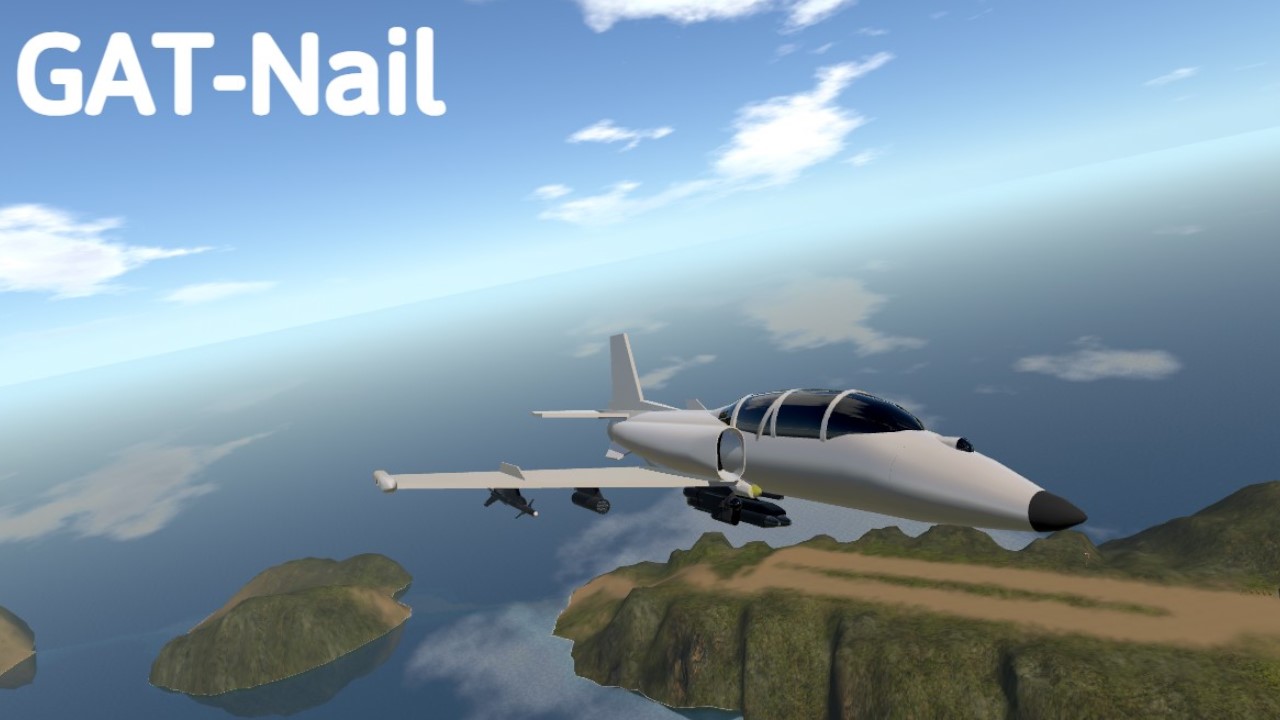
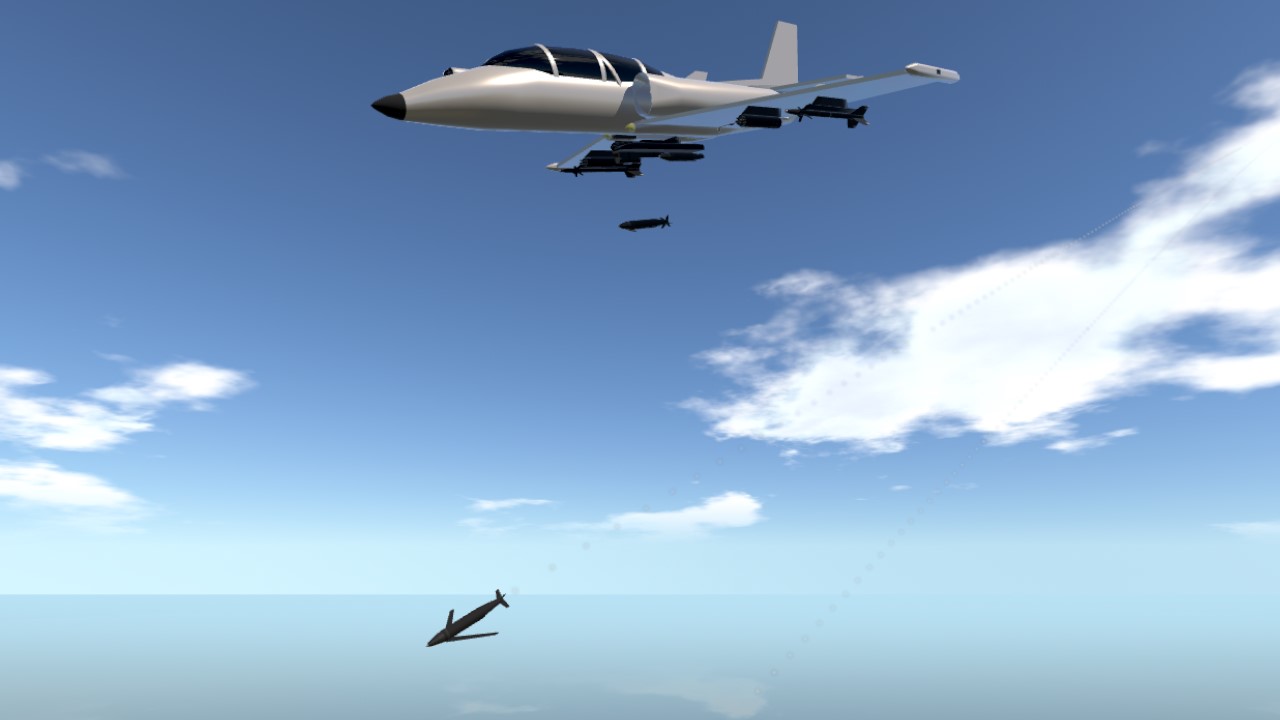
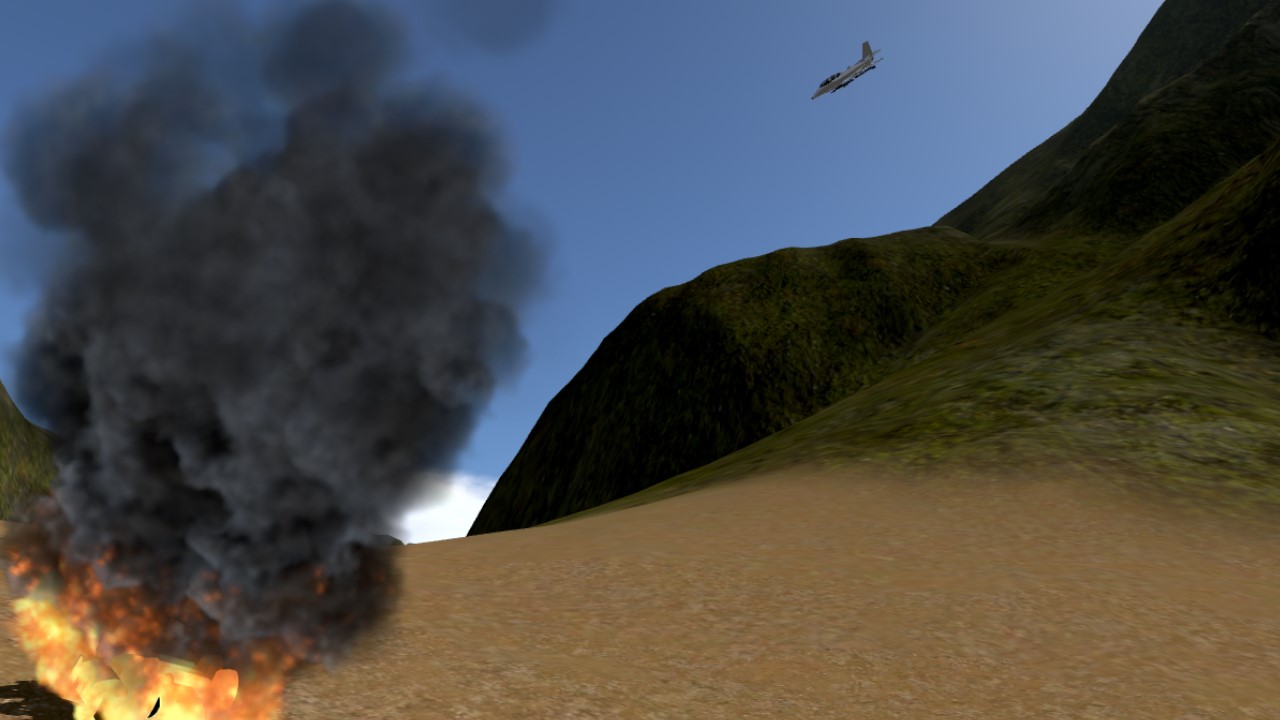
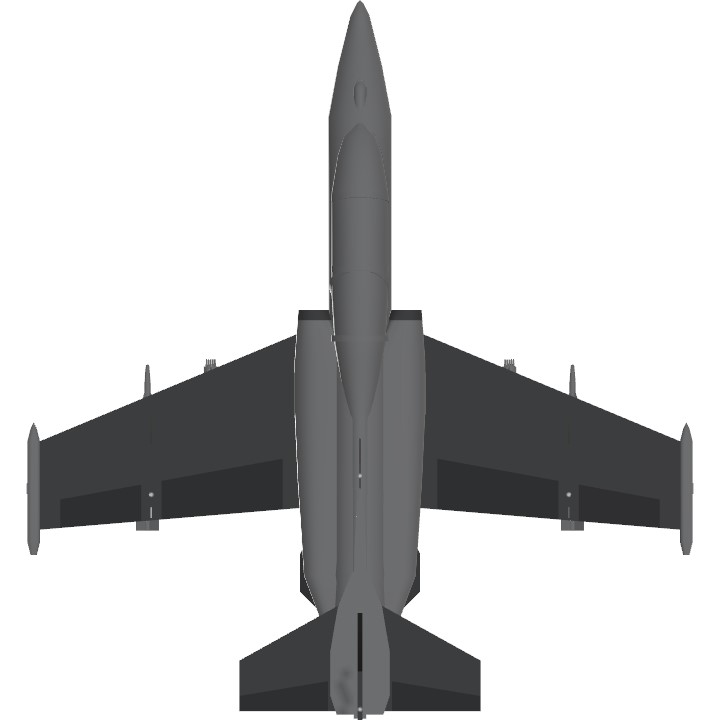

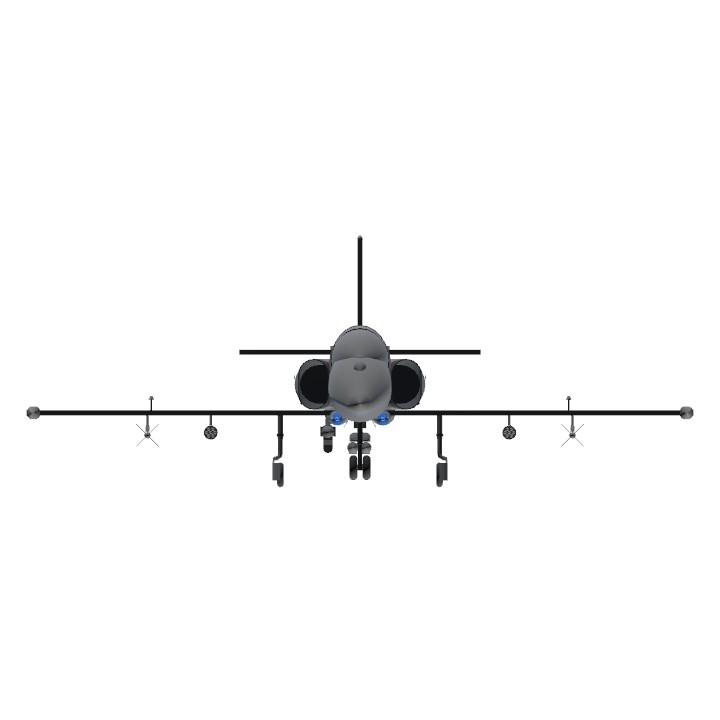
appearance review:
8/10
attack.
that's it, this just screams that way.
wait I just realized
GLIDE BOOOOOOOOOOOOOMBS
@Mustang51 cool
Nice stuff! Flies really well. Funny I was just reading about APKWS earlier today and apparently one was used in Ukraine to down a drone or cruise missile